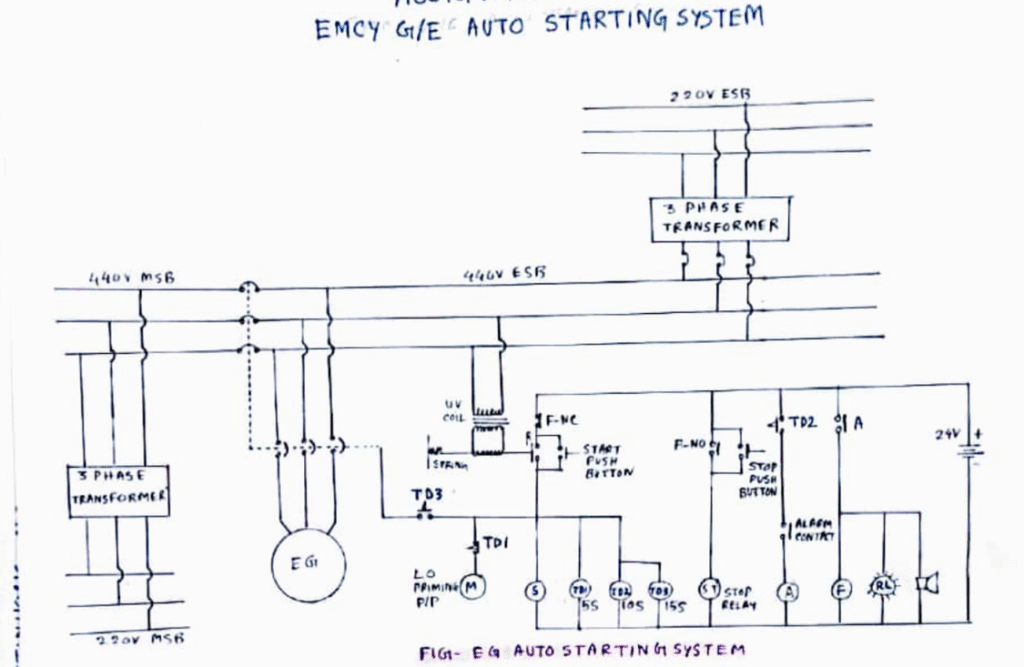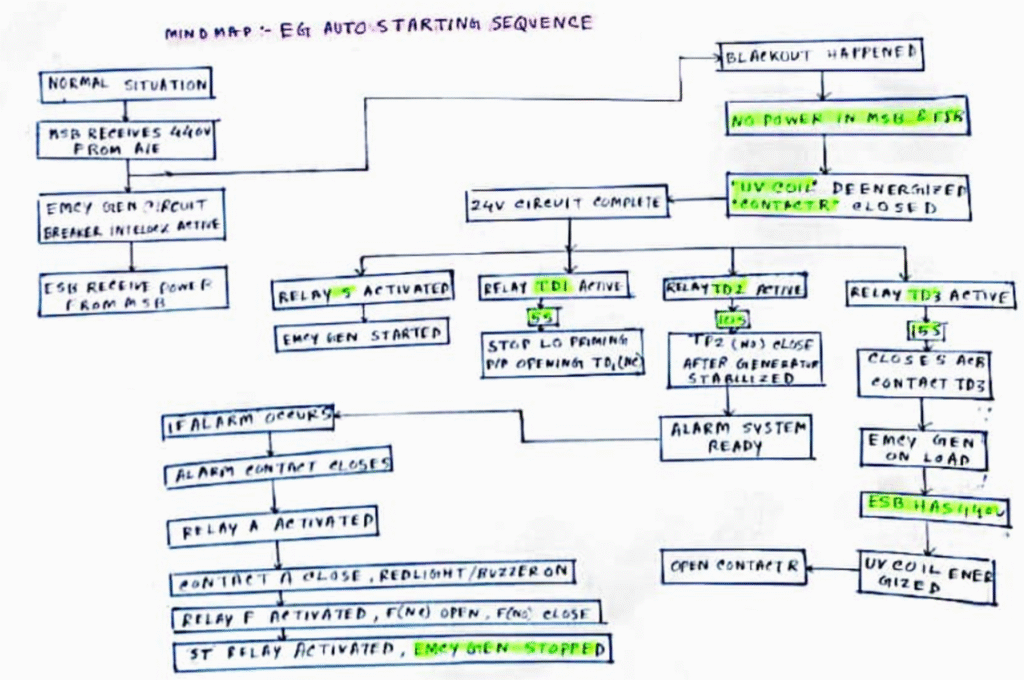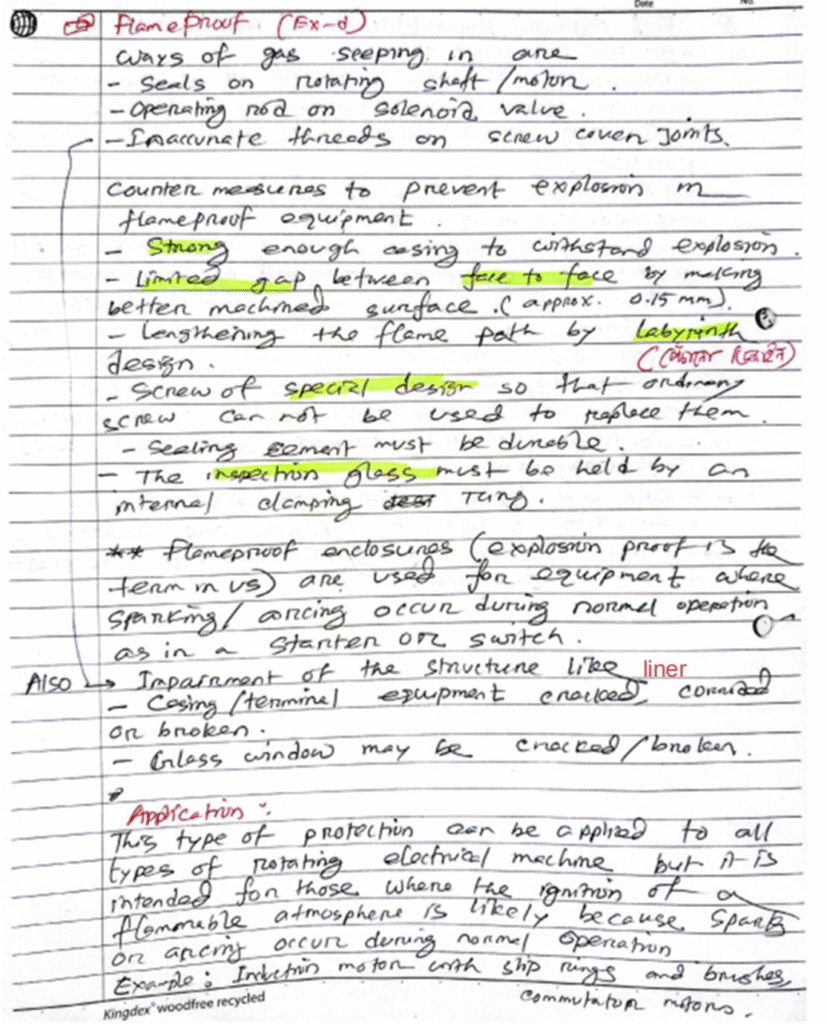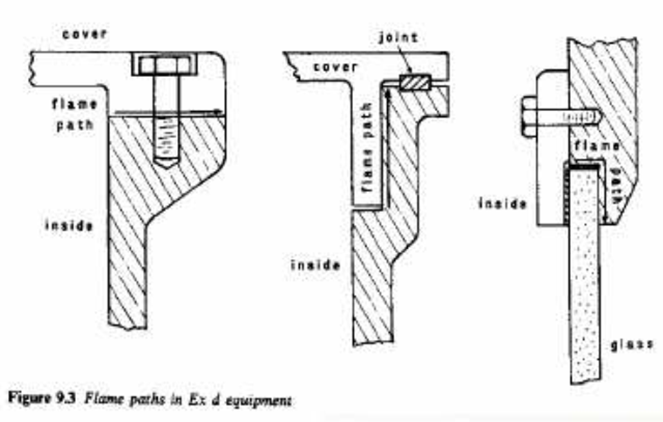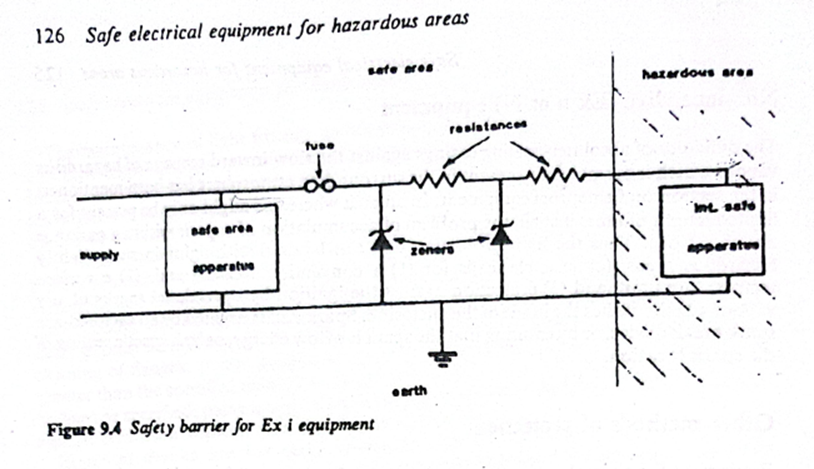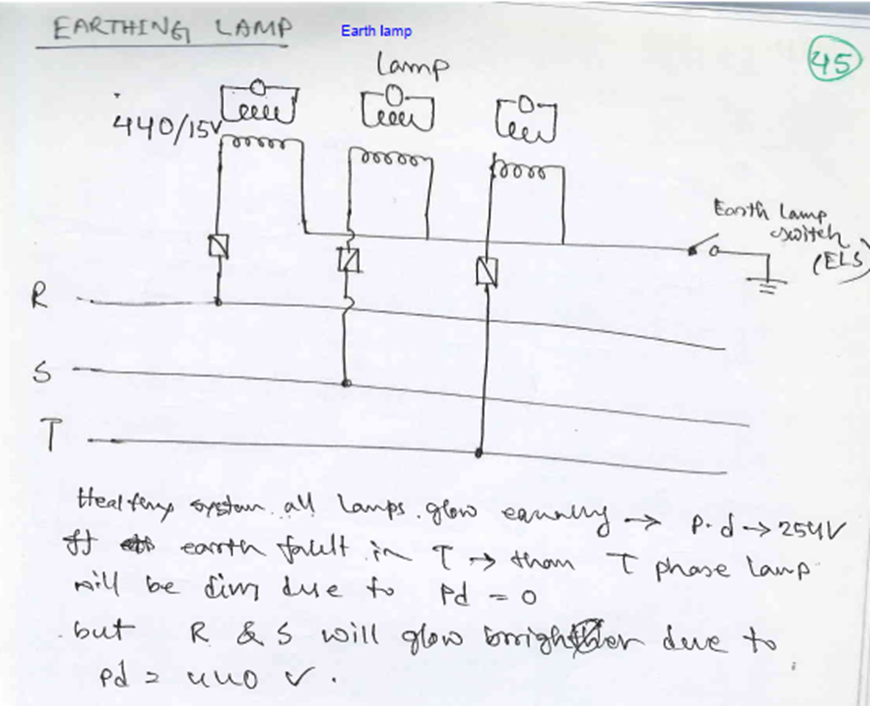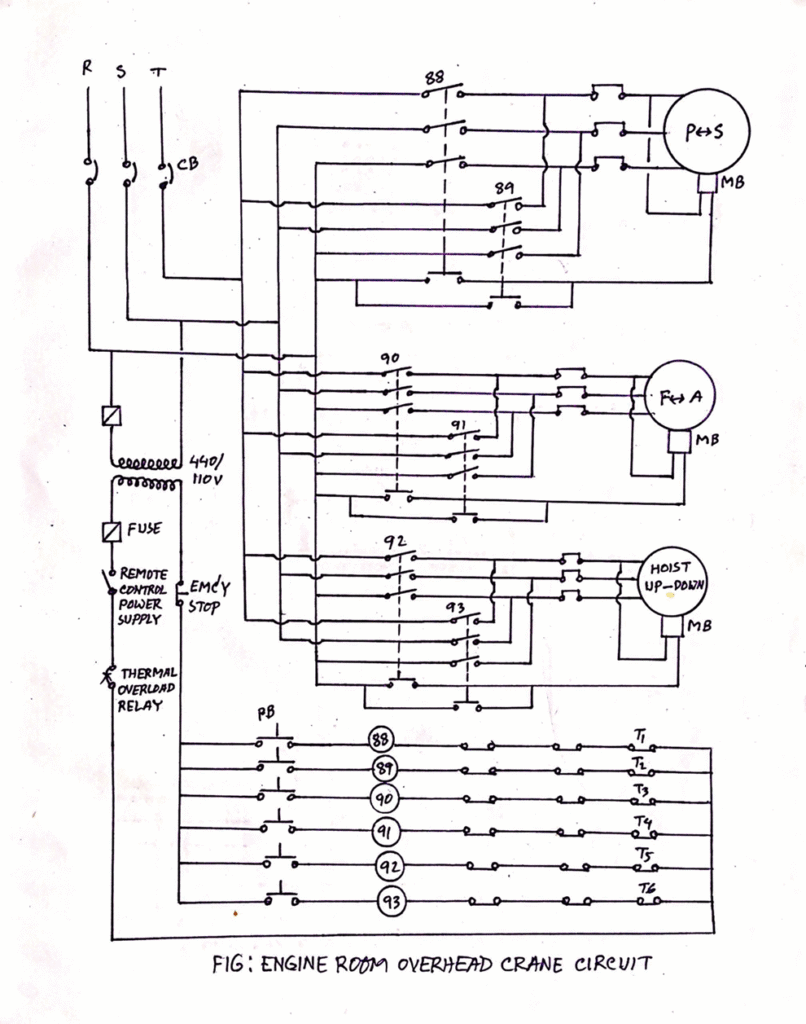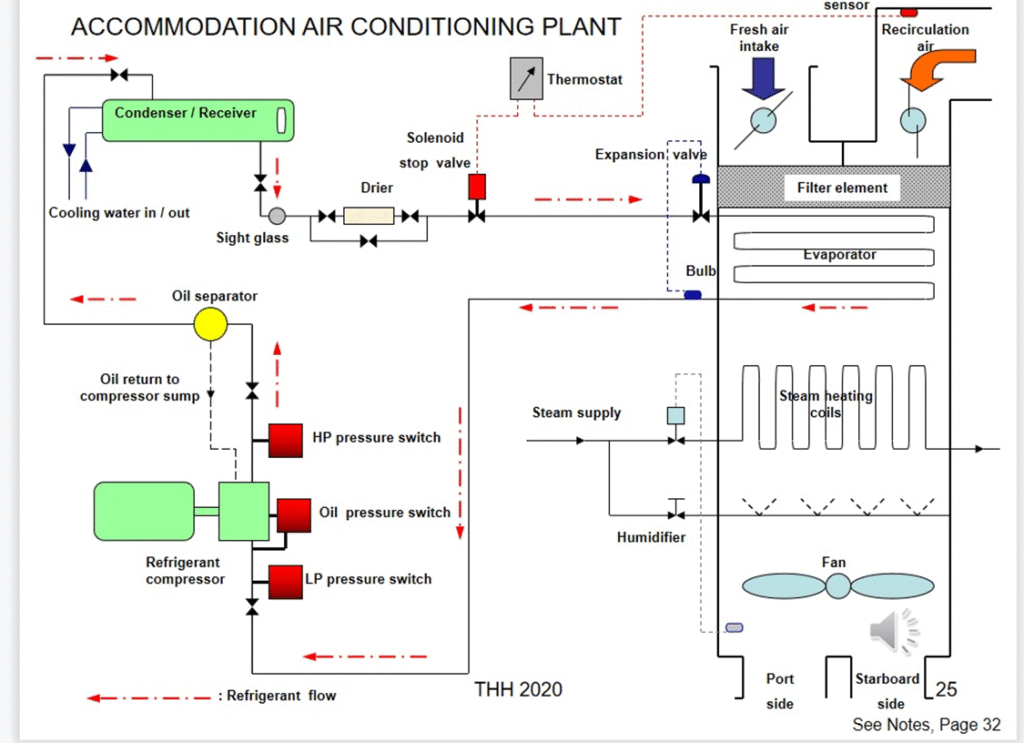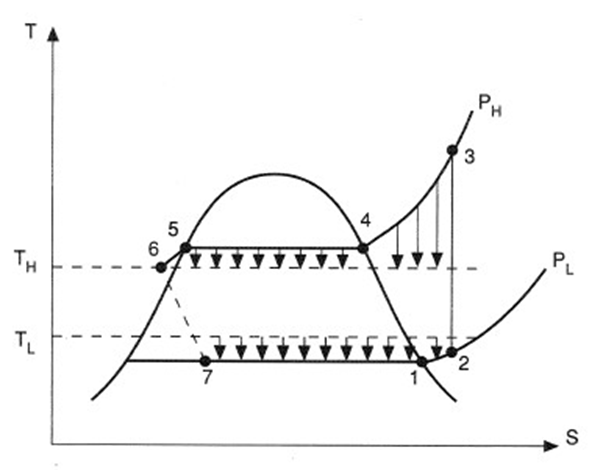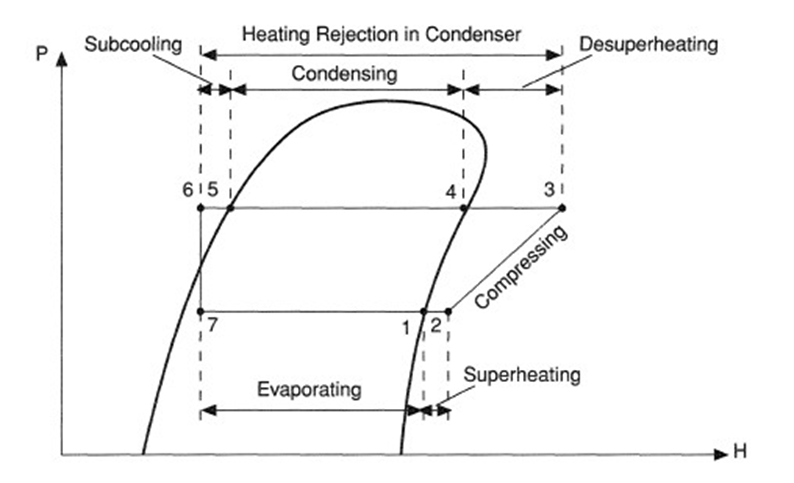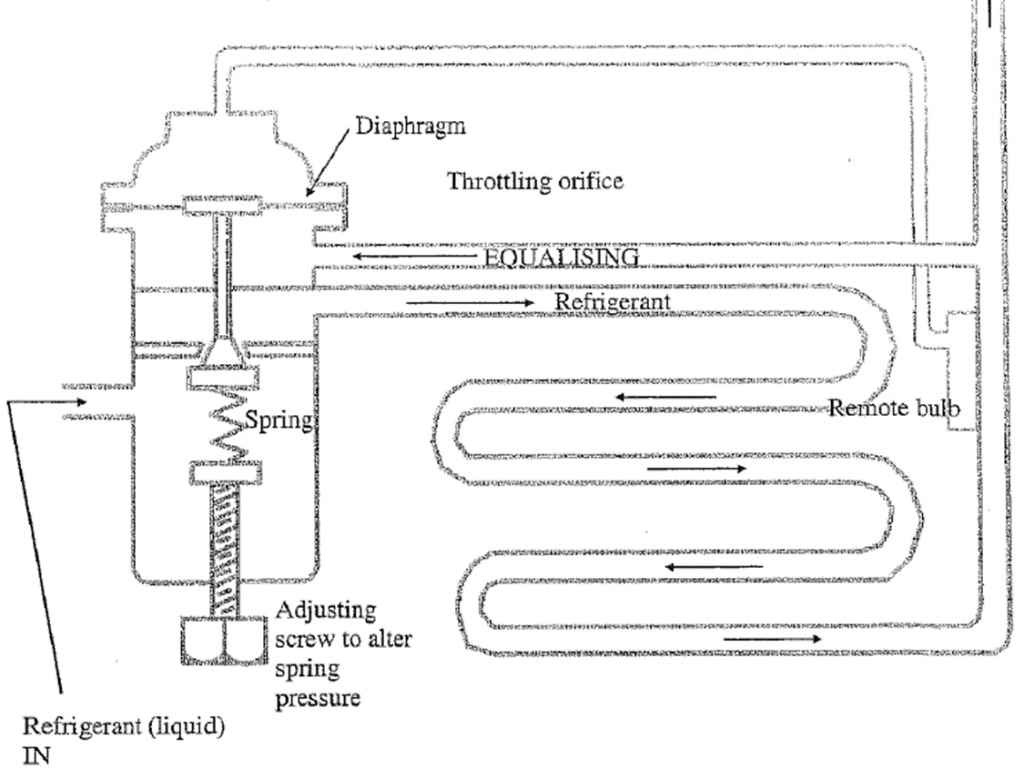What are the certificates and supplements required to carry on board.
MARPOL
1. International Oil Pollution Prevention Certificate MARPOL Annex I Supplement:
Record of Construction and Equipment for Ships Other Than Oil Tankers (Form A) or Record of Construction and Equipment for Oil Tankers (Form B
2. International Pollution Prevention Certificate for the Carriage of Noxious Liquid Substances in Bulk (NLS Certificate) MARPOL Annex II
3. International Sewage Pollution Prevention Certificate MARPOL Annex IV, reg
Supplement:
• Description of sewage treatment plant or holding tank system
• document of approval for the rate of sewage discharge.
4. Garbage Management Plan MARPOL Annex V, reg 10
5. International Air Pollution Prevention Certificate MARPOL Annex VI
Supplement:
• Technical details of engines and equipment for NOx, SOx, and particulate matter control
• EIAPP Certificate (Engine-specific NOx certificate) may also accompany
6. International Energy Efficiency Certificate MARPOL Annex VI,- validity lifetime
Suppliment: seemp
7. International Ballast Water Management Certificate; BWM convention
• Supplement:
• Ballast Water Management Plan and system details
SOLAS
1. Passenger ship safety certificate SOLAS 1974, supplement: form P
2. Special Trade Passenger Ship Safety Certificate
3. Special Trade Passenger Ship Space Certificate STP 71, rule 5
4. Cargo Ship Safety Certificate SOLAS 1988, reg I/12 supplement: form C
5. Cargo Ship Safety Construction Certificate SOLAS 1974, regulation I/12
6. Cargo Ship Safety Equipment Certificate SOLAS 1974, reg I/12 supplement:
• Form E
• Inventory of life-saving appliances, Radio installations and fire-fighting appliances
7. Cargo Ship Safety Radio Certificate SOLAS 1974, reg I/12 supplement:
Form R
8. Document of authorization for the carriage of grain and grain loading manual SOLAS 1974, reg VI/19
9. Document of compliance for ships carrying dangerous goods SOLAS chap 2 reg 19
Supplement:
• Types of dangerous goods permitted and safety measures in place
10. Document of compliance SOLAS, ISM Code
11. Safety management certificate SOLAS, ISM Code
12. International Ship Security Certificate (ISSC) or Interim International Ship Security Certificate SOLAS 1974
Suppliment: SSP
13. Continuous Synopsis record SOLAS
14. Minimum safe manning document SOLAS
15. Voyage data recorder system – certificate of compliance SOLAS 1974, reg 5
Other
1. International Tonnage Certificate (1969); Tonnage convention – lifetime validity Supplement:
Details of gross and net tonnage calculations
2. International Load Line Certificate; LL convention Supplement:
• Freeboard assignment details
• Conditions of assignment (closing appliances, machinery space openings, etc.)
2. International Load Line Exemption Certificate ;LL Convention 4. International Anti-fouling System Certificate ,AFS Convention
Supplemented: Record of Anti-fouling Systems,
5. Declaration on antifouling system AFS Convention, reg 5 6. Certificates for masters, officers or ratings STCW 7. MLC (Maritime Labor Convention) Certificate: supplements:
• DMLC Part-1 (issued by Flag state)
• DMLC Part-2 (issued by Company)
8. International Certificate of Fitness for the Carriage of Dangerous Chemicals in Bulk IBC code
9. International Certificate of Fitness for the Carriage of Liquefied Gases in Bulk IGC Code
10. Certificate of insurance or other financial security in respect of civil liability for oil pollution damage CLC 1969, article VII
11. Certificate of insurance or other financial security in respect of civil liability for bunker oil pollution damage Bunker convention 2001
12. Certificate of Registry
13. Certificate of class
14. P&I Certificate of Entry
A Supplementary Certificate for a Statutory Certificate is an additional document issued alongside a main statutory certificate to provide specific details or conditions not covered directly in the primary certificate.

